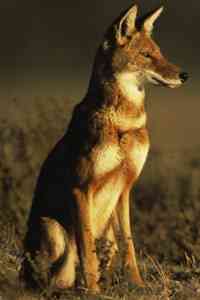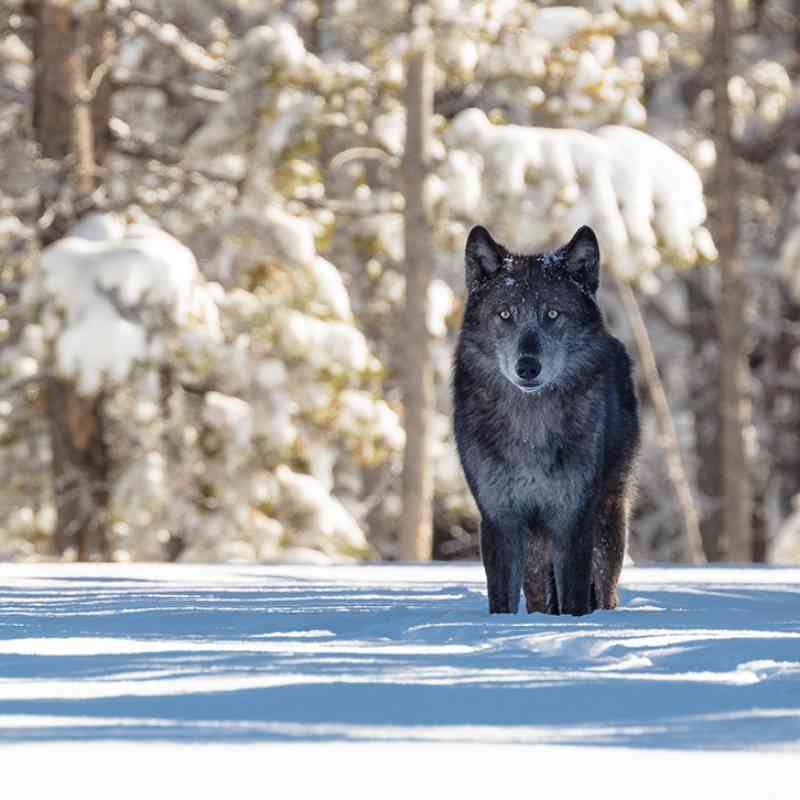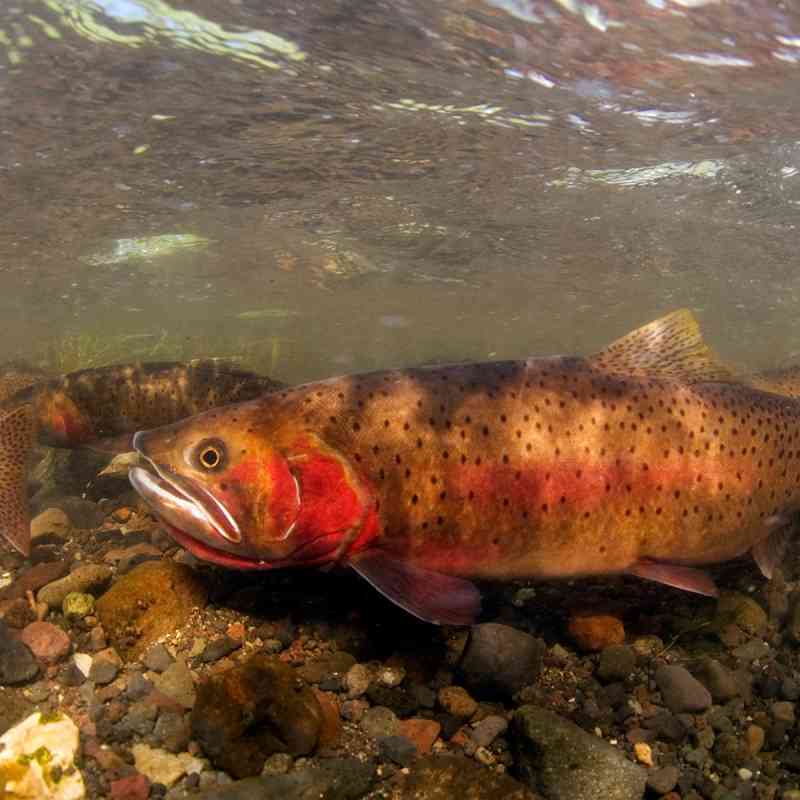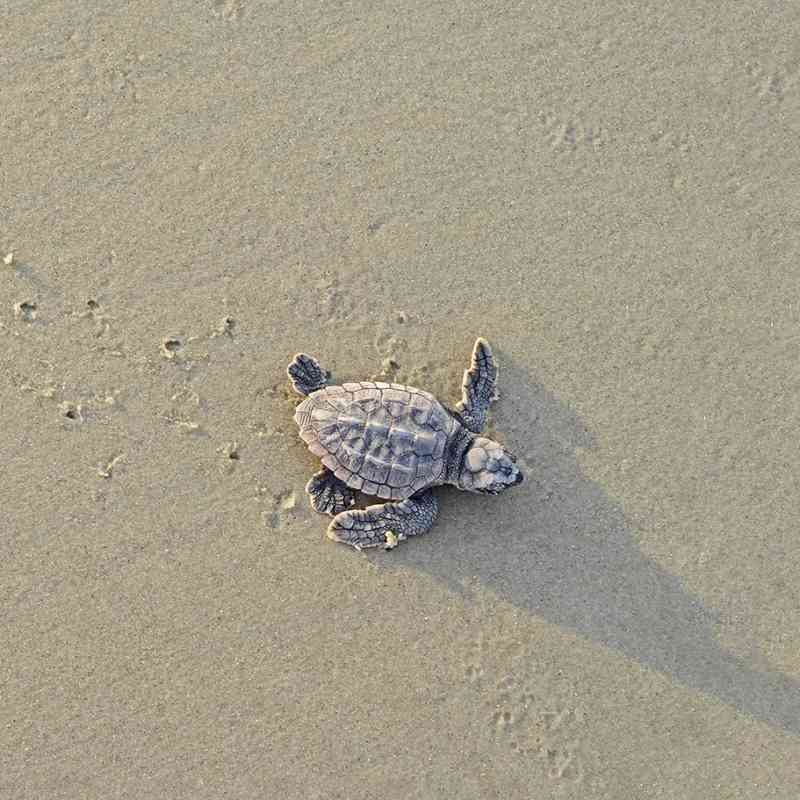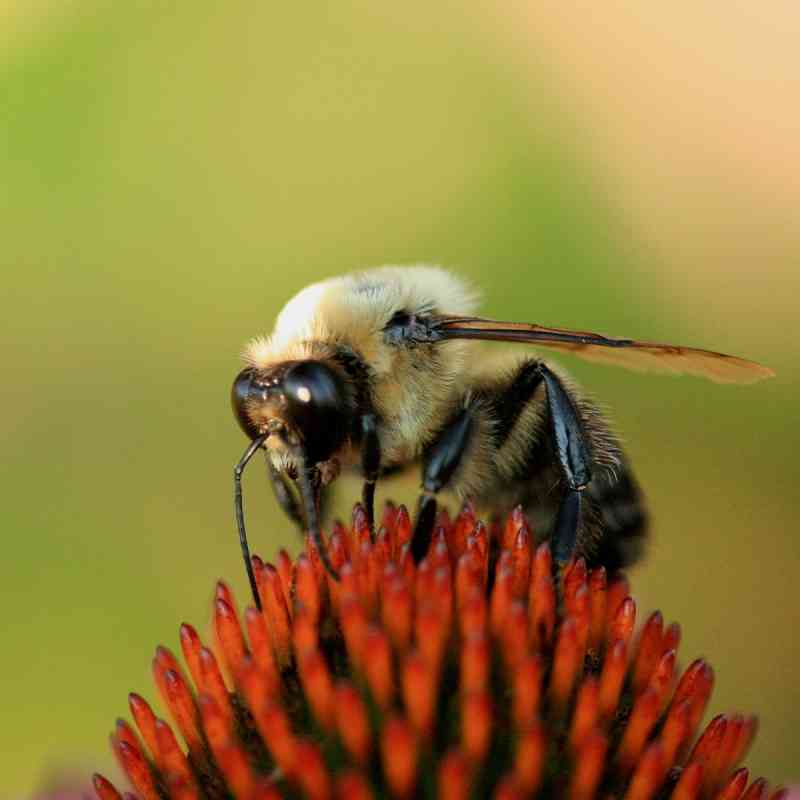 Finding a mate is a risky business. There can be rivals to fight and family members to win over. And there's always the chance of catching a disease like rabies—if you're an Ethiopian wolf, that is.
Finding a mate is a risky business. There can be rivals to fight and family members to win over. And there's always the chance of catching a disease like rabies—if you're an Ethiopian wolf, that is.
Passed from domesticated sheepherding dogs, rabies has become so prevalent in the remote Bale mountains of southern Ethiopia that it threatens to kill as many as two-thirds of all Ethiopian wolves. As these are the world's rarest wolves and number only about 500, such a loss could be devastating. The animals are particularly vulnerable during the August to October mating season, when they venture out to other packs.
"Despite the efforts of our veterinary team, who vaccinate thousands of dogs in Bale's villages every year, the virus has reared its ugly head again and jumped into the wolf population," says Dr. Claudio Sillero of Oxford University's Wildlife Conservation Research Unit.
To stop rabies in its tracks, Sillero's team has joined forces with the Ethiopian Wolf Conservation Authority and shifted strategies. The new plan is to vaccinate wolf packs—something they started in October. It hasn't been easy. Night temperatures in wolf habitat can drop to minus 14 degrees F. But so far so good: Already 50 wolves in 12 packs have received vaccinations.
The idea is to have vaccinated packs act as a barrier that prevents rabies from spreading to more remote packs—which will help keep these imperiled wolves howlin' in the wind.
Climate Change We Don't Need
Researchers from Norway believe that wetter winters are causing problems for lemmings. These tiny rodents of the tundra spend winters burrowed into layers of snow. But with winters warmer than in the past, a result of global warming, snow is becoming too unstable to provide winter shelter and fewer lemmings are surviving until spring. This doesn't bode well for the foxes, owls and other carnivores that depend on lemmings for their own survival.
The situation is no better for frogs and salamanders in Yellowstone National Park, where high temperatures are drying up ponds where the amphibians hatch, say Stanford researchers. The amphibians' eggs have a gelatinous outer layer that leaves them unsuitable for land gestation. "If there isn't any water, then the animals simply don't breed," says Sarah McMenamin, a biology graduate student, who spent three summers in the Lamar Valley searching for frogs and salamanders in ponds that had been surveyed 15 years ago. "Precipitous declines of purportedly unthreatened amphibians in the world's oldest nature reserve indicate that the ecological effects of global warming are even more profound and are happening more rapidly than previously anticipated," according to the Stanford report in the Proceedings of the National Academy of Sciences.
Likewise for yellow-legged frogs in the Sierra Nevada Mountains, according to U.S. Forest Service and University of California-Berkeley scientists. These researchers report that shallow lakes, which the amphibians need to complete their development from tadpoles, will dry up more in the summer because global warming will decrease in the mountain snow pack. The critters also face a double whammy: Predation by introduced, non-native trout in the larger, historically fishless lakes that had in the past provided refuge for frogs and tadpoles during dry years.
Meanwhile, global warming may have claimed its first mammal species: The northern population of lemuroid ringtail possum, a tree dweller the size of a housecat found only in the cool, high-altitude cloud forests of Queensland, Australia, hasn't been spotted in three years. Scientists from the Centre for Tropical Biodiversity and Climate Change at James Cook University in Australia fear global warming is behind its disappearance and that the record high temperatures in summer 2005 could have caused a massive die-off.
Some other, larger mammals that manage to adapt to a warming climate may shrink in size, say scientists from the University of California in San Diego. Their theory is based on data from the fossil record showing that past episodes of climatic warming led to size decreases in animals such as wood rats and deep-sea crustaceans. "Even today, species and individuals living in colder climates often tend to be bigger than those from warm areas," says biologist Kaustuv Roy.
Who Needs Ruby Slippers?
Dorothy clicked together the heels of her ruby slippers to get home. Sea turtles and salmon may practice no less an amazing feat, according to researchers who think they may have discovered how these animals migrate back to their birthplace to reproduce.
Previous studies have found that young salmon and sea turtles can detect the Earth's magnetic field and use it to guide them on their first migration, but a new study suggests that the animals may be able to detect their own unique magnetic "address." If the theory is correct, it could mean these creatures could be steered to areas where it is safer for them to nest and spawn.
"For animals that require highly specific environmental conditions to reproduce, assessing the suitability of an unfamiliar area can be difficult and risky," say Kenneth Lohmann, lead author of the University of North Carolina study. "In effect, these animals seem to have hit on a strategy that if a natal site was good enough for them, then it will be good enough for their offspring."
Just like Dorothy came to realize after her perilous journey through Oz, these creatures appear to realize that there's no place like home.
Can't Catch Me
Taking a tight turn is easy in a sports car built to maneuver. The same holds true for moths and butterflies who come with built-in hind wings that help them evade predators.
"To escape a predator, you don't have to be fast, you just have to be more erratic," says Tom Eisner, a professor emeritus of chemical ecology at Cornell and co-author of the first study to find that the hind wings are not necessary for basic flight but they are what enables these insects to turn on a dime.
--Heidi Ridgley
Only select articles from Defenders are available online. To receive 4 issues annually of the full award-winning magazine, become a member of Defenders of Wildlife!
Related

